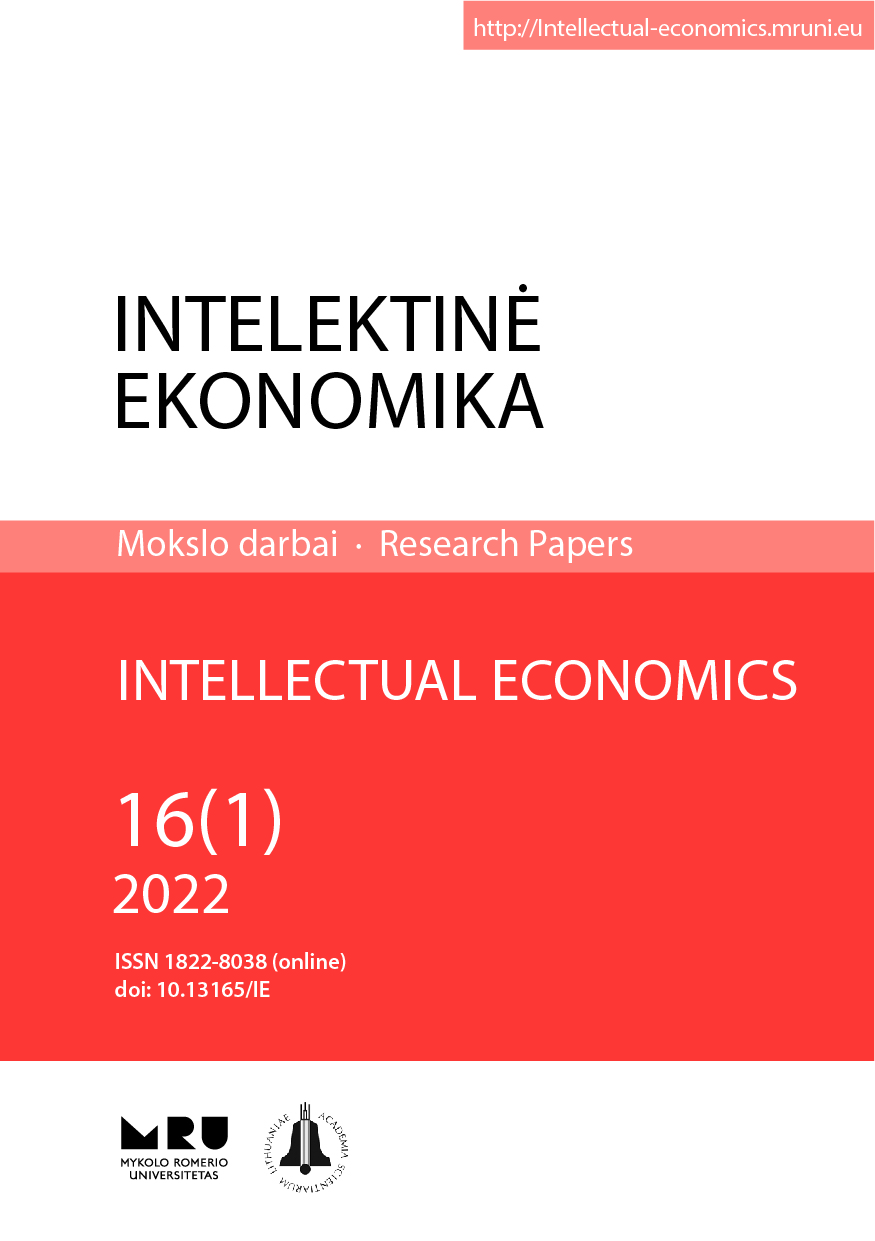THE APPLICATION OF MACHINE LEARNING METHODS IN DETERMINING ATTRACTIVE DEVELOPMENT DIRECTIONS FOR TOURISM BUSINESSES
THE APPLICATION OF MACHINE LEARNING METHODS IN DETERMINING ATTRACTIVE DEVELOPMENT DIRECTIONS FOR TOURISM BUSINESSES
Author(s): Oleksandr ZYMA, Lidiya Guryanova, Nataliia Gavkalova, Natalia Chernova, Olga NekrasovaSubject(s): Economy, Tourism, Socio-Economic Research
Published by: Mykolas Romeris University
Keywords: tourism business; development; tourism product; attractiveness assessment; machine learning;
Summary/Abstract: This paper proposes a methodical approach to the selection of attractive development directions for tourism businesses. The approach is based on the following machine learning methods: “center of gravity” method; taxonomic indicator of the level of development; hierarchical agglomerative and iterative methods of cluster analysis; methods for analyzing panel data; and Kohonen neural networks. The developed approach includes the following core blocks: classification of countries (regional market segments) according to the level of socio-economic development and safety; formation of a diagnostic indicator system of countries’ touristic attractiveness; assessment of the development dynamics of the market geographical segments (countries); classification of countries according to the level of tourist attractiveness; and selection of development directions for the tourism industry. The proposed approach is implemented on the data of 35 countries, including the EU countries and the countries of the post-Soviet space. The results show that the most attractive geographic market segments for tourism business development are such countries as Italy, Spain, Croatia, Greece, Portugal, and Poland. These countries are characterized by a high level of security, average cost and barriers to entry into the tourism market, a steady pace of development of the tourism industry, a favorable business environment, attractive natural resources, and developed infrastructure. Comparison of the dynamics of tourist flows with the obtained distribution of countries by the level of tourist attractiveness made it possible to single out Portugal separately, which is characterized by a high level of tourist attractiveness, but insufficient actual intensity of tourist flow. Implementation of the proposed approach in the business processes of travel companies make it possible to improve the quality of management decisions regarding the choice of tourism business development directions.
Journal: Intelektinė ekonomika
- Issue Year: 16/2022
- Issue No: 1
- Page Range: 151-165
- Page Count: 15
- Language: English

